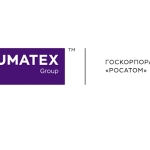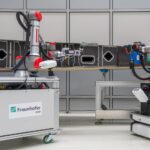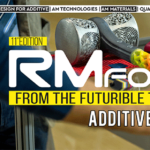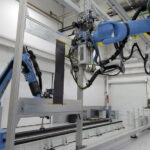UMATEX Group intends to launch promising investment projects for scaling up the Russian composites market tenfold and becoming a powerful global player in the next few years.
They include a composite wind blade factory with the market potential of up to 500 tonnes per year, composite cylinders for compressed natural gas – 500 to 1500 tonnes per year, composites in construction of nuclear power plants – 500 tonnes per year, composite sports gear – 400 tonnes per year. In addition to development of in-house production facilities, UMATEX Group takes on the role of a composite solutions integrator to facilitate developing cooperation between the Russian companies related to composites. For that purpose, UMATEX Group spearheaded foundation of an industrial cluster Composites Without Borders to incorporate industrial enterprises, technical colleges and infrastructure facilities – special economic zones and tech parks. The Composites Without Borders cluster is expected to give a strong impulse to market development and delivery of joint investment projects by the companies related to composites.
Anatoly Gaidansky, Director General of AeroComposit reported on the use of composite materials in the wings of the latest Russian narrow-body airliner MC-21. AeroComposit with their composite wing project became a vinner of JEC Innovation Awards 2018 competition.
Dmitry Kogan, General Director of Prepreg-ACM reported on developments of hybrid multiaxial fabrics based on carbon fibre for shipbuilding applications. Sanlorenzo, Italian shipbuilder, and their subcontractors, as well as T&T Metalli i Compositi, Italian distributor for the shipbuilding sector use the subject fabrics for luxury boats. Currently glass fabrics are predominant in shipbuilding with a share of up to 97 %. Yet, hybrid materials with better specific stiffness allow to reduce the weight of the end item while keeping its production cost the same. They feature a structure like that: parallel unidirectional carbon and glass fibres are laid in various directions layer by layer according to the lay-up schedule. The layers are stitched together with lightweight polyester threads. Conventional stitching patterns are used traditionally for production of multiaxial fabrics. Stitching threads can loosen when the fabric is cut, and the textile structure can be spoilt. Prepreg-ACM developed and patented a modified stitching pattern to keep the textile structure intact during cutting, thus reducing the amount of waste and the cost of production.













